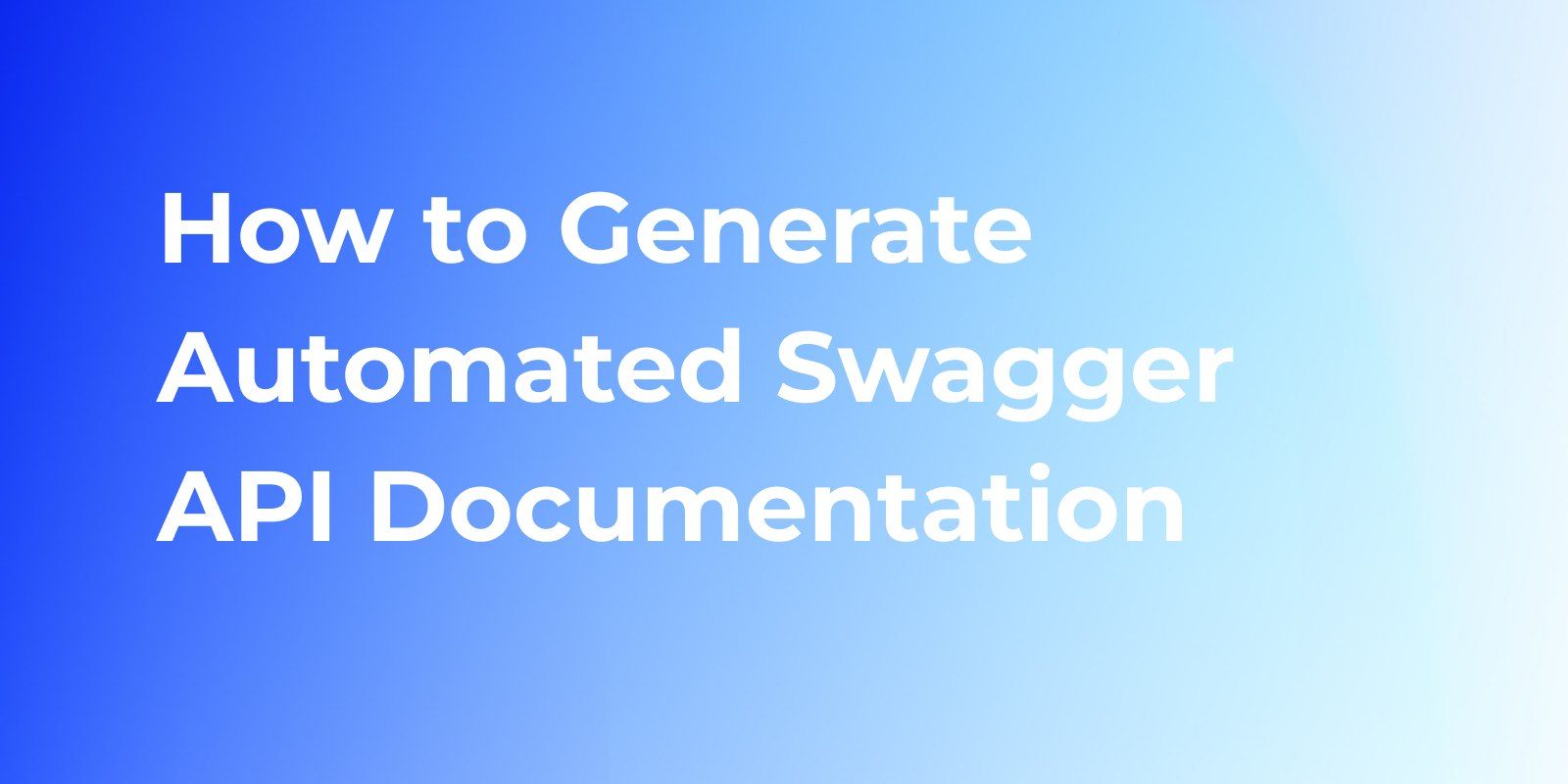How to Read and Understand Common API Documentations
Interface documentation is an essential part of the software development process, but sometimes interface documentation can be confusing, and this article helps you better read and understand an interface document.
When it comes to reading and understanding API documentation, it is important to have a good understanding of the structure and organization of the documentation. API documentation typically follows a consistent structure that makes it easier for developers to navigate and find the information they need.
The structure of API documentation can vary depending on the platform or framework, but there are some common elements that you will often find in API documentation.
Composition Elements of Interface Documents
A well-designed interface document will answer the above questions in its way and usually includes the following elements:
- Interface introduction (answering what the interface is used for)
- Definition of request protocol (answering how to use the interface)
- Request address source
- Request method
- Request parameters
- Return parameter example (answering what the return result of the interface is)
- Status code
After understanding the meaning of each element, you can clearly understand the services that the interface can provide and how to use the interface. This article will take the Apidog Echo interface as an example to introduce how to understand an interface document.
API Introduction
The interface introduction answers what the interface is used for. In the interface document, developers often first check the interface introduction to understand the function and purpose of the interface. Therefore, writing clear and accurate interface introductions is crucial. It can help developers better understand the interface and improve development efficiency and code quality. The maintainer of the interface should accurately describe the purpose of the interface on the homepage of the document.
Definition of Request Protocol
The request protocol is essentially the communication protocol of the Internet, which is used to standardize the data transmission and communication methods between various services. In API interfaces, common request protocols include HTTP, HTTPS, and FTP. The request protocol is the basis for communication between various API interfaces. Only by following the same set of language rules can communication be possible.
- HTTP
HTTP (Hypertext Transfer Protocol, also known as "Hypertext Transfer Protocol") is an application layer protocol used for transferring hypermedia documents. It is the most widely used protocol on the Internet, commonly used for communication between clients and servers. The HTTP protocol sends information in plaintext, making it easy to eavesdrop or tamper with.
- HTTPS
HTTPS (Hypertext Transfer Protocol Secure) is a secure communication protocol for the Internet, which is a secure version of the HTTP protocol. HTTPS data transmission is encrypted, making it more secure and preventing information from being eavesdropped on, tampered with, or spoofed. The HTTPS protocol is usually used in conjunction with the SSL or TLS protocol.
- FTP
FTP (File Transfer Protocol) is a protocol used for file transfer over the Internet. It is a standard network protocol that enables the transfer of files between different operating systems.
Request Address Source
When shopping on the street, you need to find the store's address. Similarly, the request address source is used to tell users where to find the service provider for the interface. The common interface address is a domain name or IP address.
Request Method
When facing the function of an interface, what kind of method should be used for usage? Data processing is nothing more than the four methods of adding, deleting, querying, and modifying. Common API request methods include: create (POST), update (PUT), delete (DELETE), and get (GET).
Request Parameters
After understanding the general function and usage of the interface, the requestor needs to fill in the requested content in a specific format. The essence of the API interface is a pre-defined function logic. For example, if a certain interface mainly provides a calculation function, the requester hopes to get the calculation result after inputting 1+1, where 1+1 is the request parameter.
There are the following usage habits in the interface request address:
- Use "?" to indicate the end of the path address, and what follows are parameters;
- Use "&" to distinguish the number of parameters (GET request parameter passing method).
Return Parameter Example
After the requester initiates a request based on the interface documentation, how can they determine whether the interface has received the request and returned the correct result? At this point, the interface provider needs to provide a return parameter example, which can help users better understand how to use the interface and the parameter format, reducing the possibility of incorrect request parameter filling.
Additionally, parameter examples can assist users in better understanding the data format and content returned by the API, which facilitates subsequent data processing and analysis.
Status Code
Status code is a three-digit number where the first digit represents the response category and the last two digits are a custom code used to specify the particular response status. For example, 200 indicates a successful request, 404 indicates that the requested page does not exist, and so on. Status codes are an important part of API interface documentation as they can help developers better debug and test their applications.
Easily Generate Highly Readable API Documentation with Apidog
It takes both technical and linguistic skills, as well as attention to detail and standards, to write a quality API interface document. Development efficiency and code quality of the project can only be improved by writing a standardized, complete, and clear API interface document.
Apidog is an integrated API collaboration platform that can achieve API documentation, API debugging, API mock, and API automation testing. It is an advanced API design/development/testing tool. It is no longer difficult to design a standardized, complete, and clear API interface document with Apidog.



